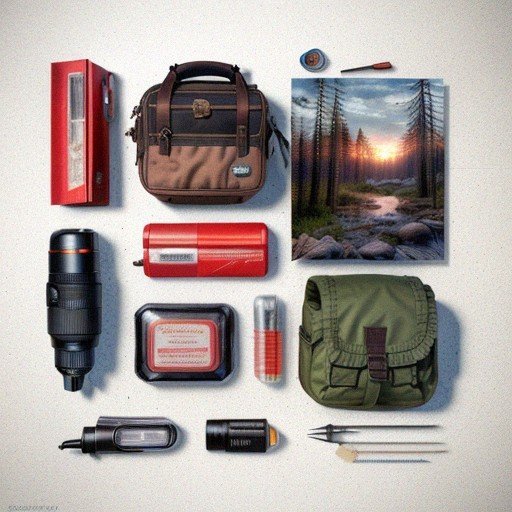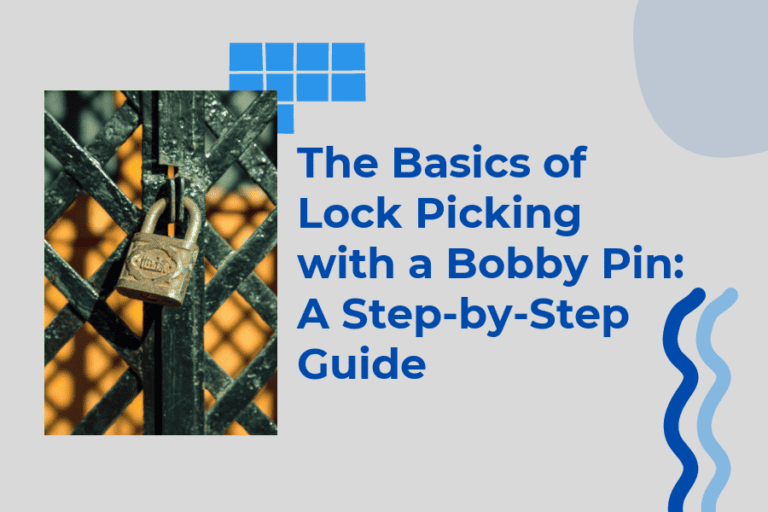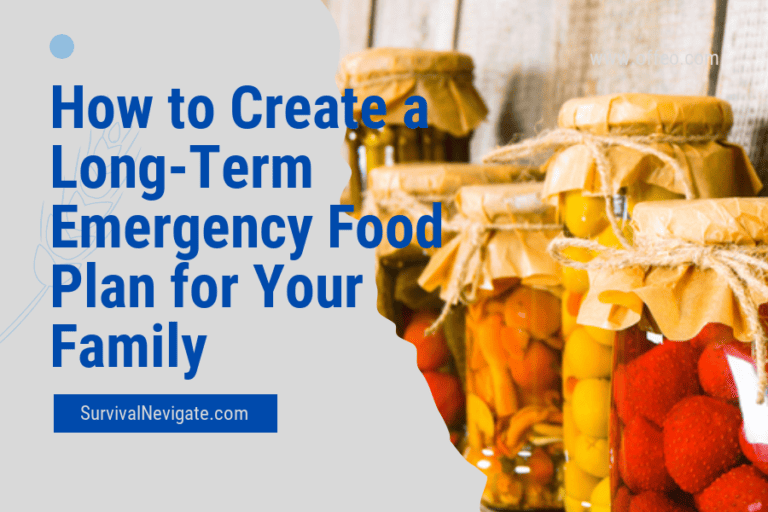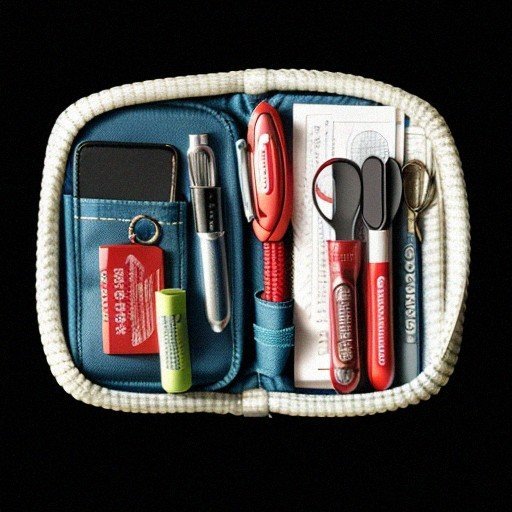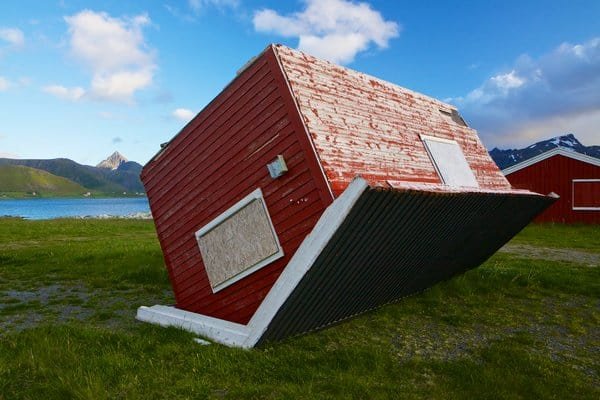The Essential 2023 Emergency Kit Checklist: A Comprehensive Survival and Preparedness Guide
Are you prepared for any emergency that may come your way?
Get ready with ‘The Essential 2023 Emergency Kit Checklist: A Comprehensive Survival and Preparedness Guide.’
This article has everything you need to know to stay safe and be ready for any situation.
From food and water supplies to first aid and communication tools, we’ve got you covered.
Don’t wait for disaster to strike – be proactive and get prepared now.
Essential Food and Water Supplies
You need to make sure you have enough canned food and bottled water for at least three days. When it comes to disaster preparedness, having an emergency kit is crucial. This kit should include essential items to help you survive during an emergency or disaster.
One of the most important components of your emergency kit is the food and water supplies. It’s recommended to have at least one gallon of water per person per day for drinking and sanitation purposes. Bottled water is ideal as it has a longer shelf life.
In addition to water, you should include non-perishable food items such as canned goods, granola bars, and dried fruits. These foods should be easy to prepare and have a long shelf life. It’s also important to regularly check the expiration dates and rotate your food supplies to ensure freshness.
By including these items in your emergency supplies, you can ensure that you and your family have enough sustenance to get through any emergency situation. Don’t forget to also have a first-aid kit handy in case of any injuries.
Must-Have First Aid and Hygiene Items
Make sure to stock up on essential first aid and hygiene items, such as bandages, hand sanitizer, and disinfectant wipes, to keep yourself and others safe during emergencies. When disaster strikes, being prepared with the right supplies can make all the difference.
Here are three sub-lists of must-have items for your emergency kit:
First Aid Supplies:
- Bandages of various sizes to treat minor cuts and wounds
- Antiseptic ointment to prevent infection
- Pain relievers to manage discomfort
- Tweezers for removing splinters or debris
- Medical gloves to protect against contamination
Hygiene Supplies:
- Hand sanitizer to keep hands clean when soap and water are unavailable
- Disinfectant wipes to sanitize surfaces and objects
- Toilet paper and wet wipes for personal hygiene
- Feminine hygiene products, if applicable
- Trash bags for waste disposal
Other Essential Items:
- Flashlight with extra batteries for navigating in the dark
- Waterproof matches or a lighter for starting fires
- Duct tape for quick repairs or makeshift solutions
- Emergency contact information and a list of important medications
- A manual can opener for accessing canned food

Communication and Lighting Tools
When it comes to communication and lighting tools, it’s important to have a reliable flashlight and a fully charged phone in case of emergencies. These tools play a crucial role in keeping you connected and informed during uncertain times.
In addition to your phone, having a battery-powered or hand-crank radio is essential. This will allow you to stay updated on the latest news and emergency broadcasts. Remember to keep spare batteries for your flashlight and radio in your emergency supplies kit.
In the event of an evacuation, it’s important to have all your important documents and emergency contact information readily accessible. Consider keeping copies of these documents in a portable container that you can easily grab and take with you. This will ensure that you have all the necessary information at hand when needed.
As part of your emergency preparedness checklist, make sure to test your communication and lighting tools regularly. Check that your flashlight is working properly and that your phone and radio are fully charged. This will give you peace of mind knowing that you’re prepared for any emergency situation that may arise.
Disaster Preparedness Supplies
During a disaster, it’s crucial to have all the necessary supplies and equipment, such as food, water, and first aid kits, in order to ensure your safety and well-being. To help you create an effective emergency preparedness kit, here is a recommended supplies checklist:
- Basic Supplies:
- Non-perishable food items (canned goods, energy bars)
- Bottled water (at least one gallon per person per day)
- Flashlights with extra batteries
- Portable battery-powered or hand-crank radio
- Whistle to signal for help
- Dust masks and plastic sheeting
- Multi-purpose tool
- Duct tape
- First Aid Kit:
- Band-aids and adhesive tape
- Antiseptic wipes and ointment
- Pain relievers and fever reducers
- Tweezers and scissors
- Latex gloves
- Thermometer
- Prescription medications (if needed)
- Emergency Supplies:
- Blankets or sleeping bags
- Extra clothing and sturdy shoes
- Personal hygiene items
- Copies of important documents (identification, insurance policies)
- Cash and coins
- Extra cellphone chargers
- Maps of the area
By having a well-stocked disaster supplies kit, you can be better prepared for any emergency situation. Remember to regularly check and replenish your supplies to ensure their effectiveness when needed.
Stay safe and be prepared!
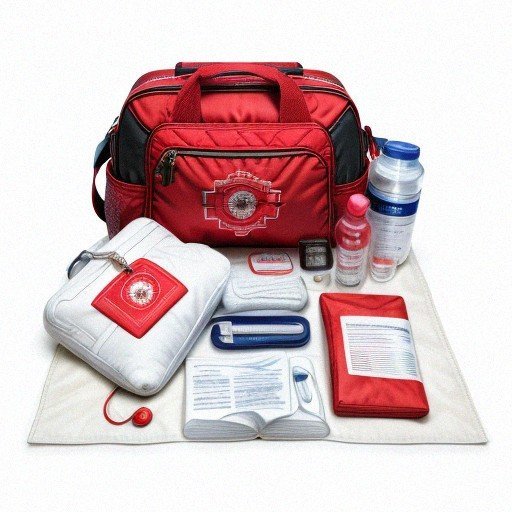
Evacuation Essentials
You should pack essential items, such as clothes and personal hygiene items, in your evacuation bag, so that you’re prepared for any emergency situation. When it comes to evacuation, being prepared is crucial.
The Red Cross recommends including food and water for at least three days in your emergency kit. In case of an earthquake or wildfire, having non-perishable food like canned goods and energy bars is essential. Don’t forget to pack a gallon of water per person per day to stay hydrated.
In addition to food and water, it’s important to have emergency supplies that will help you navigate through an evacuation. A first aid kit, flashlight, and extra batteries should be at the top of your list. Having a portable radio will also keep you updated on the latest news and emergency instructions.
When it comes to clothing, pack a change of clothes for each family member. Make sure to include sturdy shoes and a jacket in case the weather turns cold. Don’t forget to pack essential personal hygiene items like toothpaste, toothbrushes, and medications.
Pet and Special Needs Supplies
Make sure to include pet food and any necessary special needs supplies in your emergency kit. When preparing for a disaster or emergency, it’s essential to consider the needs of your pets and any family members with special requirements. Here are some items you should have on hand:
- Pet Supplies:
- Food and water for at least three days.
- Medications and medical records.
- Leashes and carriers.
- Special Needs Supplies:
- Medications and medical equipment.
- Extra batteries for medical devices.
- Personal care items like adult diapers or hearing aids.
By including these items in your emergency kit, you can ensure the well-being of your furry friends and family members with special needs during a crisis.
The American Red Cross and FEMA recommend keeping your emergency supplies in a backpack for easy transport. Additionally, consider packing emergency sheeting to provide temporary shelter if needed. Don’t forget to include important documents like your passport and insurance papers.
Being prepared can make all the difference in a time of crisis, so take the time to gather these essential supplies and create a comprehensive survival kit for your entire family, including your beloved pets and those with special needs.
Conclusion
In conclusion, being prepared for emergencies is crucial. By having essential supplies for various categories, you can ensure the safety and well-being of yourself and your loved ones.
- Food and water supplies
- First aid and hygiene items
- Communication and lighting tools
- Disaster preparedness supplies
- Evacuation essentials
- Pet and special needs supplies
Don’t wait until it’s too late – start assembling your emergency kit today to be ready for anything that comes your way in 2023.

